G1 Practice Test – Rules 1
Every Ontario G1 test present on this online site is absolutely free. You can take advantage of them as much as you want. Just like other individuals have already done so, don’t forget to like us on Facebook and tell your friends about APNATORONTO website so that they, too, can pass the Ontario G1 test with grand ease.
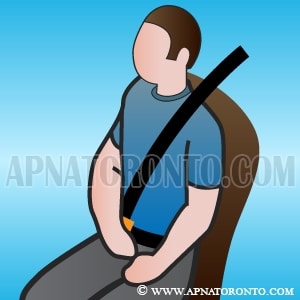
Correct!
Wrong!
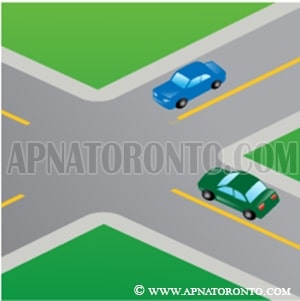
Correct!
Wrong!
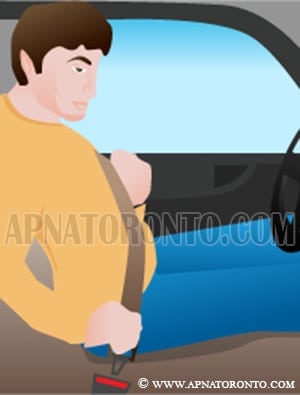
Correct!
Wrong!
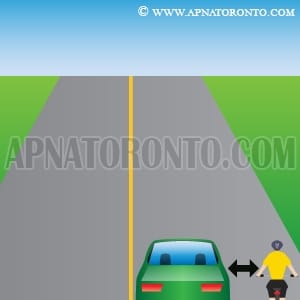
Correct!
Wrong!
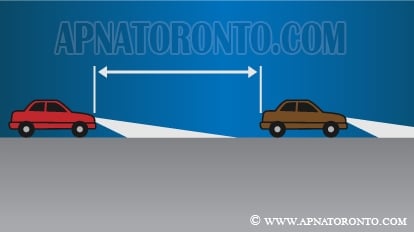
Correct!
Wrong!
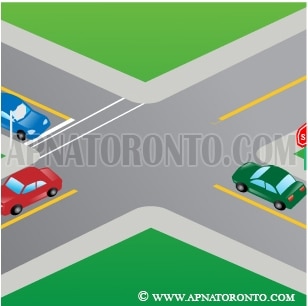
Correct!
Wrong!
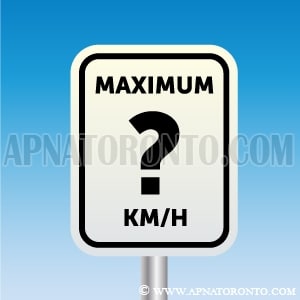
Correct!
Wrong!
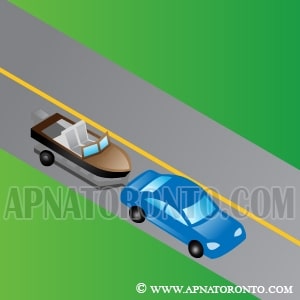
Correct!
Wrong!
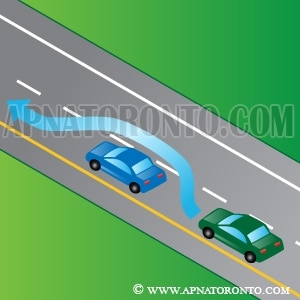
Correct!
Wrong!
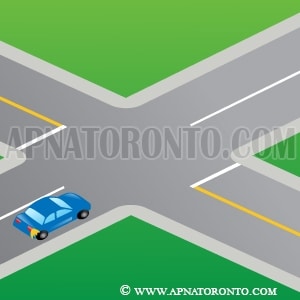
Correct!
Wrong!
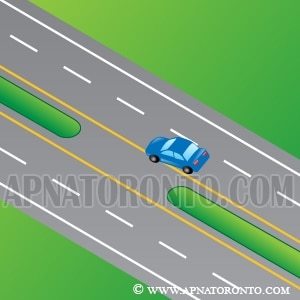
Correct!
Wrong!
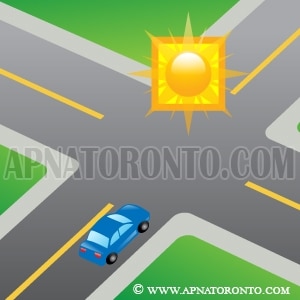
Correct!
Wrong!
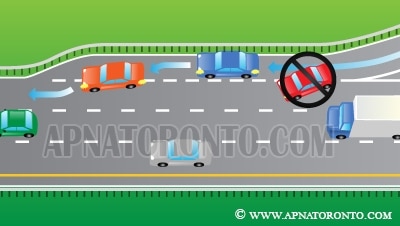
Correct!
Wrong!
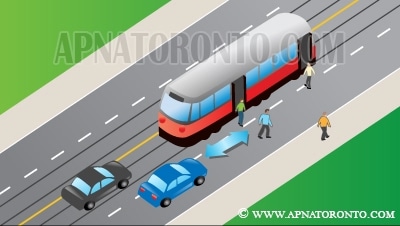
Correct!
Wrong!
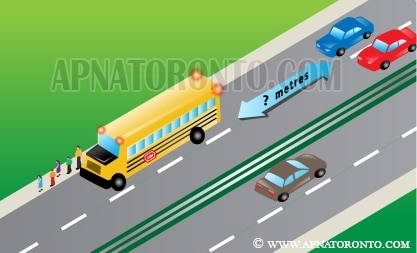
Correct!
Wrong!
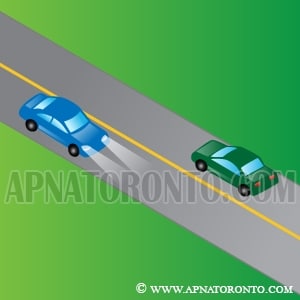
Correct!
Wrong!
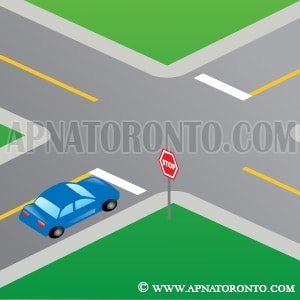
Correct!
Wrong!
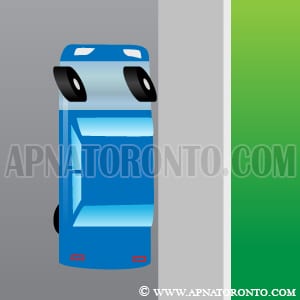
Correct!
Wrong!
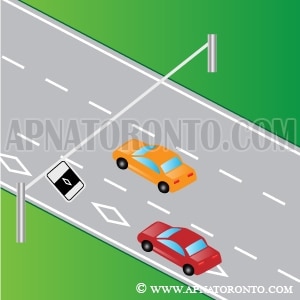
Correct!
Wrong!
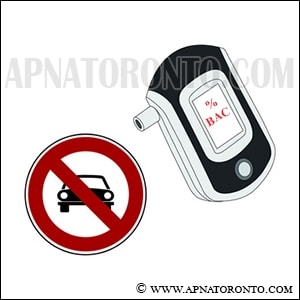
Correct!
Wrong!
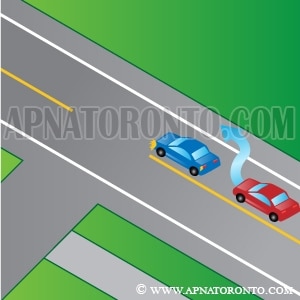
Correct!
Wrong!

Correct!
Wrong!
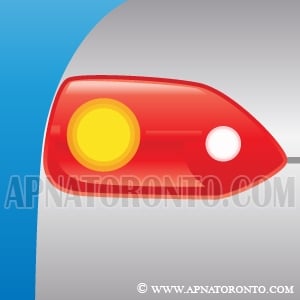
Correct!
Wrong!
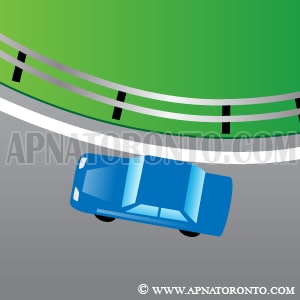
Correct!
Wrong!
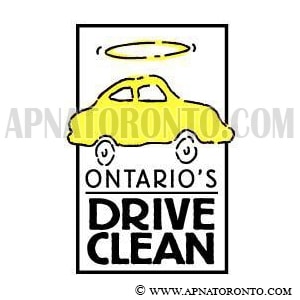
Correct!
Wrong!
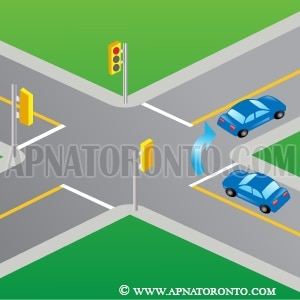
Correct!
Wrong!
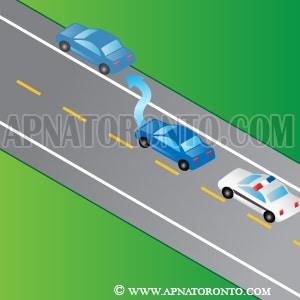
Correct!
Wrong!
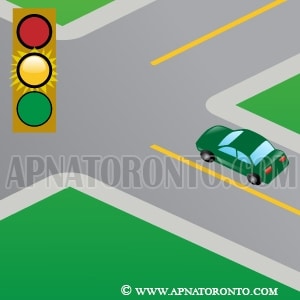
Correct!
Wrong!
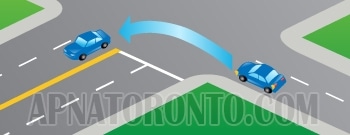
Correct!
Wrong!
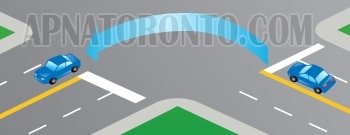
Correct!
Wrong!
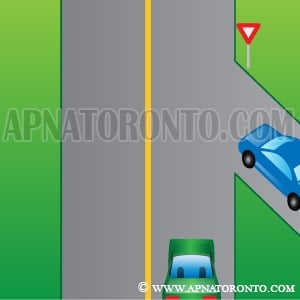
Correct!
Wrong!
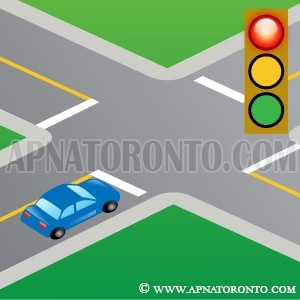
Correct!
Wrong!
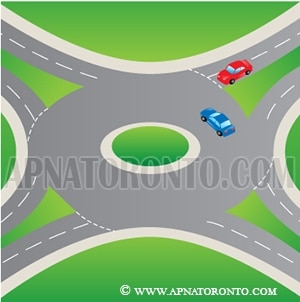
Correct!
Wrong!
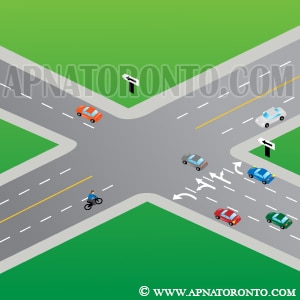
Correct!
Wrong!
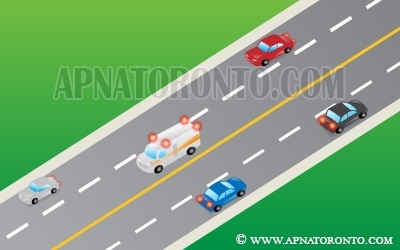
Correct!
Wrong!
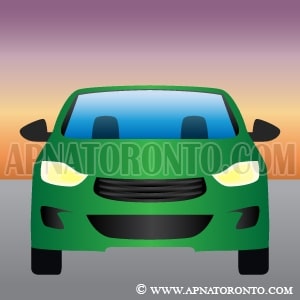
Correct!
Wrong!
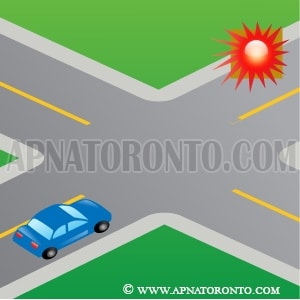
Correct!
Wrong!
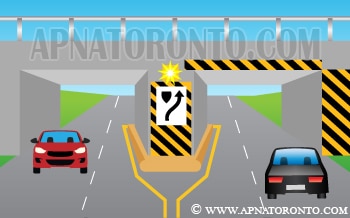
Correct!
Wrong!
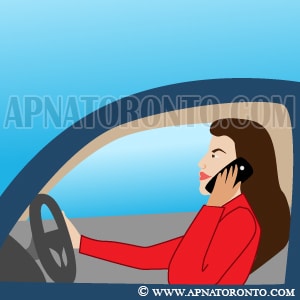
Correct!
Wrong!
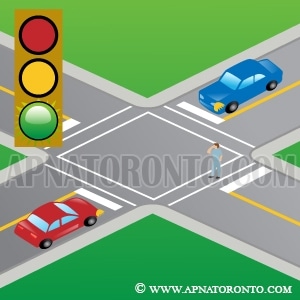
Correct!
Wrong!
Share the quiz to show your results !
Subscribe to see your results
I got %%score%% of %%total%% right
Loading...
How to Clear G1 Test Ontario in First Try
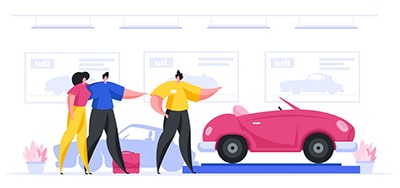 Are you juggling your way to find out the easiest method to clear the G1 test Ontario? If so, then you’re definitely at the right place.
Are you juggling your way to find out the easiest method to clear the G1 test Ontario? If so, then you’re definitely at the right place.
Here we have compiled a guide that will walk you through all the processes involved in clearing the G1 test in the first attempt.
So. let’s not waste any more time and jump directly on to the part where we will answer all your doubts.
Things You Need to Know About G1 Test
Getting a driver’s license is an exciting part but before appearing for the exam you need to know all about it. Basically, the driving test is divided into three steps and the very first one is the G1 test. The Ontario G1 test is to check your knowledge regarding driving. It’s important to understand the G1 Test as the first step toward obtaining your full G license. You must be at least 16 years old, pass an eye examination, and pass the written G1 Test to qualify for getting a license. Make sure you have your identification papers with your legal name, date of birth, and signature before going to the Drive test center
The documents you will need to verify your identity can be your Canadian citizenship card, passport, residential proof, and much more.
What is The Format of Writing the G1 Test Ontario?
Now it is important to know all about the exam before appearing for it. The G1 test is basically a written test consisting of 40 multiple-choice questions. Further, you will find two sections in the test each consisting of 20 questions. The G1 Test’s first section will put your understanding of traffic signals and lights to the test. About 70 traffic signs and lights must be memorized. The G1 Test’s second section will put your understanding of the rules of the road to the test. On Ontario highways, there are over 90 general road rules to be aware of. Now the question must be rising in your head that is it important to learn all about the traffic signal and rules. So the answer is yes, it is a crucial part of the examination, and to secure more than an 80% score which is actually a passing score of the exam, you need to know it all.
All the questions are selected randomly, and you will never know which 40 questions you might get. As a result, it is preferable to learn anything.
How to Prepare For the Written G1 Test?
Now we know that we have scared you enough but we have a solution or a plan that can help you ace the exam. Most people who don’t study well before the exams or take it lightly lose their chances to get a license. On the contrary, you can avoid it by making a strategy to clear the G1 test Ontario. You will practice for your G1 Test by using the Ontario Authorized Driver Handbook. The handbook contains all of the necessary driving regulations, as well as advice on how to become a better driver in particular. The book is available on the official site or you can buy it from a retail store. And as we have mentioned the test contains two sections, so it is important to keep command on both sections separately. To clear the test you need to make a routine for preparing for it and don’t overlook the power of practice tests. These tests are really helpful to provide encouragement and confidence. Not just it will make you ready for the actual exam but also provide a deep insight into the type of questions asked in the examination. Now if you are worried about where to get these practice tests then you don’t need to. As we are living in a world of the internet, many sites are offering practice tests for free. All you need access to the internet and you’re good to go.
Tips For Passing Your Ontario G1 Written Test
To pass the exam on the first attempt we have jotted down some tips that work out for many people. Let’s dip your toes into that.
- Do Deep Research – The very first thing you need to do is do proper research about the examination. It will give you an idea about the examination, syllabus you need to cover, questions asked in the examination. Based on everything, decide your roadmap or how you are going to prepare for the exam.
- Study Manual – The second step is to study and learn the manual carefully. Do whatever you need to do to memorize. Use flashcards, make notes, anything, just make sure you learn it by heart.
- Examine Your Level – Okay now you have memorized the manual but how will you know that you’re ready for the test. It is important to examine yourself before appearing for the real exams. For that, you need to take a practice test. The practice test is the best way to know all about your strengths and weaknesses. Considering that, you can focus on the weak part.
- Take Rest – The very common mistake people do while appearing for the driving exam is to forget to take enough rest. Rest is important. So don’t avoid it in any case.
- Do Group Study if Possible – If you have a friend or family member appearing for the test with you then it is advised to study in a group. The reason is you will end up learning so many things in a short period of time.
Final Thought
Alright! Here we have mentioned in detail all about the G1 test Ontario and how to clear it in the first attempt. Know that the key to passing the exam is to be well prepared. Most people take the exams lightly, avoid doing that. Make a routine and focus on the written exam syllabus.
Further, also take a practice test and it is suggested to use the trusted site for the practice paper. Because in the end, you don’t want your time to get wasted on any bogus website.
That’s all! Do as advised and you’re good to go.
